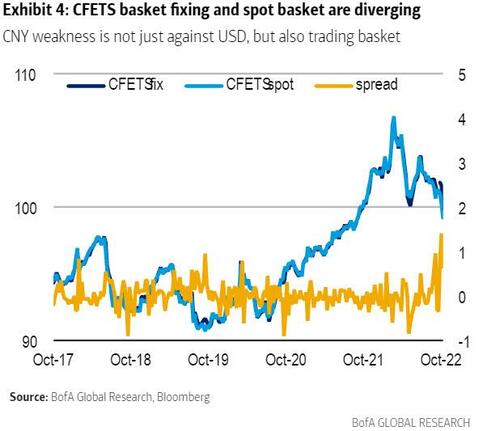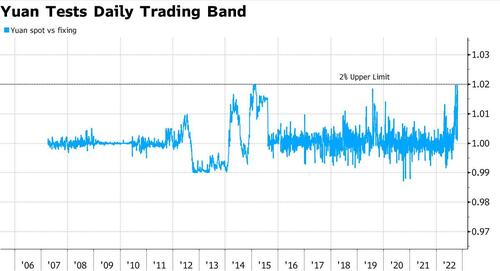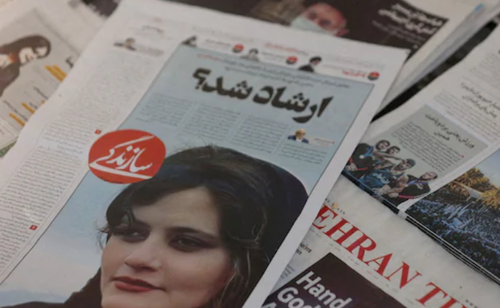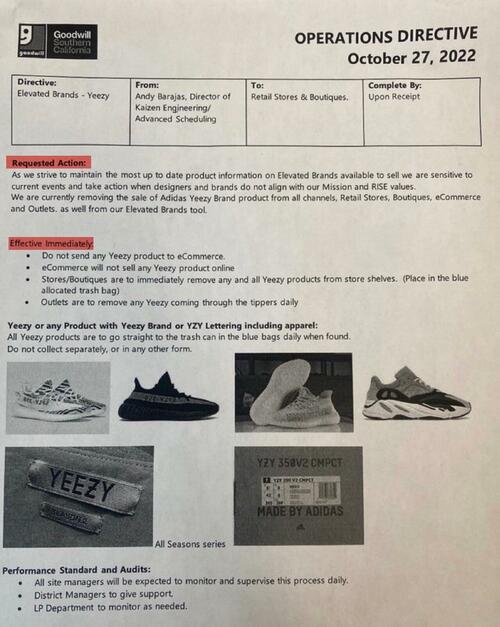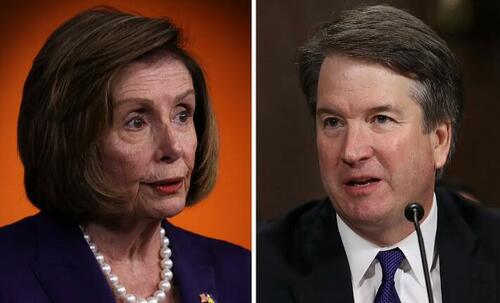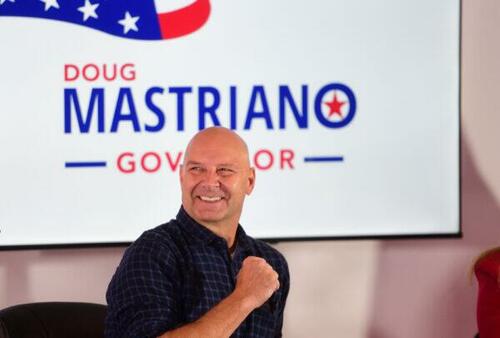Via SchiffGold.com,
Most people have a sense of history that goes back about two weeks. This is especially true in the world of investing and finance. As a result, people have a hard time seeing the big picture. For instance, a lot of people think the current inflation crisis was only due to the Fed failing to respond fast enough. As Peter Schiff pointed out, this inflation was in fact decades in the making.
And as James Anthony pointed out, the current inflation problem along with all of the big economic crises that occurred in the 20th and 21st centuries have one commonality — progressive government coupled with monetary policies run by the Federal Reserve.

These government-created crises include the Great Depression, Great Inflation I, the 2008 financial crisis and the unfolding Great Inflation II. Anthony concludes that they were all “caused and perpetuated by hyperactive Progressive government. In the past crises, holding gold would have conserved savings and provided added returns.”
The following was originally published by the Mises Wire. The opinions expressed are the author’s and don’t necessarily reflect those of Peter Schiff or SchiffGold.
The Great Depression came about when the Progressives’ newly-spawned Fed, having first greatly increased the quantity of money throughout World War I, again increased the quantity of money throughout the 1920s, by 62 percent (for details on figures, see table below). There was considerable innovation-driven growth already, but this new money created out of thin air created an unsustainable boom.
Progressive regulation of utilities, which at the time were high-tech and high-growth, sparked a stock market crash. Projects failed, businesses failed, and banks failed, ruining borrowers. Both parties‘ politicians then blocked product prices and wages from being decreased in sync, which had been done throughout the remarkably-similar 1839-1843 crisis deflation and had allowed workers to keep working and investors to keep earning returns. Investors saw that the Progressive, newly-hyperactive government could eliminate their returns or confiscate their returns, so investors rationally held back on new projects. Tragically for individuals, the Progressive government controlled the price of gold and started treating it as illegal for unlicensed individuals to hold gold.
Great Inflation I came about when the Fed increased the quantity of money in the 1960s and 1970s by 176 percent. Starting in the 1970s, both parties’ politicians significantly blocked corresponding increases in prices and wages. Investors again saw that the Progressive government could eliminate their returns, so investors rationally flocked to savings-conserving assets, including gold from 1975 on, once conservatives in government again started honoring it as legal for unlicensed individuals to hold gold. Sadly, Progressives in government meanwhile started treating the inflation-driven increases in the dollar prices of gold not as holdings of constitutional money or as conserved savings but instead as taxable capital gains.
The Financial Crisis occurred when the Fed increased the quantity of money from 1995 to 2007 by 128 percent. The Progressive government also leaned on its financial cronies to lend mortgages to crony voters who were at serious risk of default and then bailed out almost all of its financial cronies. The initial increase in consumer prices was echoed and outpaced by the increase in the price of gold.
Great Inflation II has been started by unprecedented increases in the quantity of money by 303 percent, of which the portion that has come only recently, in the time of covid, has been 120 percent. Stock prices first were inflated and now have begun to decrease. Consumer prices have started to increase. (Consumer prices change quickly for quickly-processed products but as a whole don’t become stable for 8 to 16 years or more; so if the average is 12 years and the fastest changes come in the middle, then after the money-quantity changes, the most substantial consumer price changes would turn up in 6 years.) The price of gold has so far only decreased.
These crises’ superficial differences mask these crises’ deeper commonality.
Each crisis is caused by a boom during which the quantity of government money is greatly increased, followed by a bust during which governments further disrupt workers, customers, and investors from healing themselves. Throughout the boom and bust, governments treat taxpayers and money-holders as a common resource—like land owned in common by everyone, which gets overgrazed and depleted. Various groups in government each grab as many resources as they can until the taxpayers and money-holders are depleted in resources and need significant time to rebuild. Although the Fed enables these depletions and has a fiduciary duty to not be the enabler, the root cause is always the politicians’ choices to borrow on the backs of taxpayers and to spend and regulate to favor business cronies and activist cronies.
The table below summarizes these crises’ booms in the quantity of money, the resulting busts in the prices of consumer products and stocks, and the resulting changes in the price of gold.

Chart Notes
1 The money quantity TMS2, often referred to as TMS, for the USA.
2 Murray Rothbard’s calculation.
3 Author’s calculation by Griggs and Murphy method.
4 Consumer-price index for urban consumers in the USA, as listed on InflationData.com.
5 Widely-used index of 500 leading large-cap USA equities, covering approximately 80 percent of available market capitalization, as listed on macrotrends.net.
6 Gold bullion price in USA dollars, as listed on macrotrends.net, deselecting “inflation-adjusted.”
7 Holding of gold by unlicensed individuals was treated as illegal from 5/33 through 12/74.
LESSONS
The boom money-quantity increases of the Great Depression, Great Inflation I, and the Financial Crisis were fractions of the boom money-quantity increase in Great Inflation II so far: only 0.20x, 0.58x, and 0.42x as much.
The consumer-price decreases of the Great Depression would be drowned out by today’s modern monetary-theory Fed. The consumer-price increases of the Great Inflation I and the Financial Crisis were sizable fractions of the money-price increases: 1.11x and 0.23x. The consumer-price increase of Great Inflation II so far has been a much smaller fraction of the money-price increase: only 0.08x.
The gold-price increases of the Great Depression, Great Inflation I, and the Financial Crisis were multiples of the money-quantity increases: 1.1x. 4.8x, and 1.2x. The gold-price increase of the Great Inflation II so far has been a negative fraction of the money-quantity increase: -0.1x. All in all, gold’s downside potential is small and gold’s upside potential is very large.
Stocks are ownership of the world’s productive assets, which makes them the source of the values of all other assets. Over sufficiently long time periods, even periods that include crises, stocks are unmatched as investments. Gold is a store of existing value. Over sufficiently-short time periods of crisis, gold protects existing value from being rapidly destroyed by government assaults on productive actions. Gold is for crises.
From now until the Fed makes a lasting slowdown of its enabling of government spending, or puts an end to its enabling, gold looks like an obvious buy, and worth holding as Great Inflation II unfolds.
